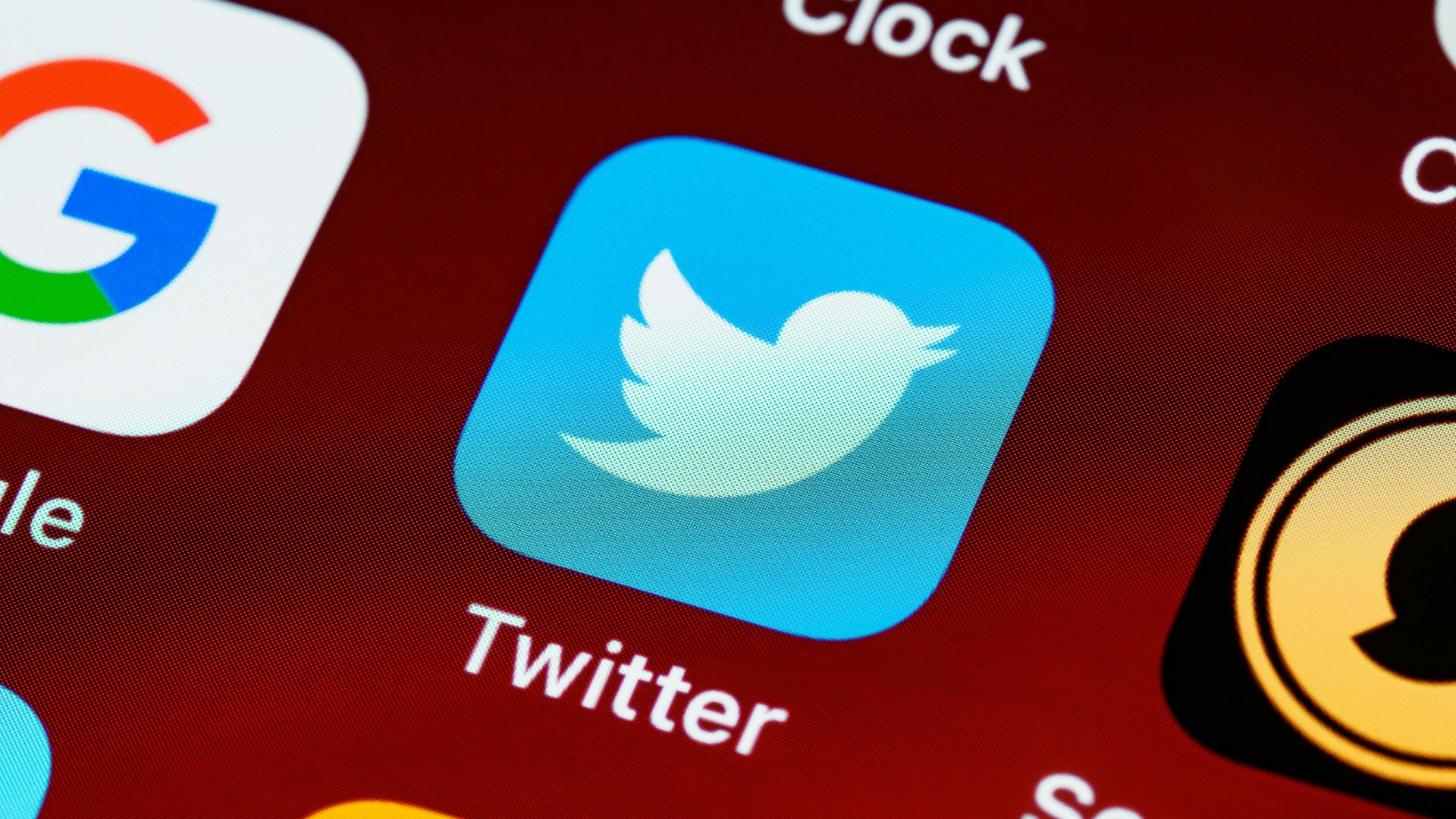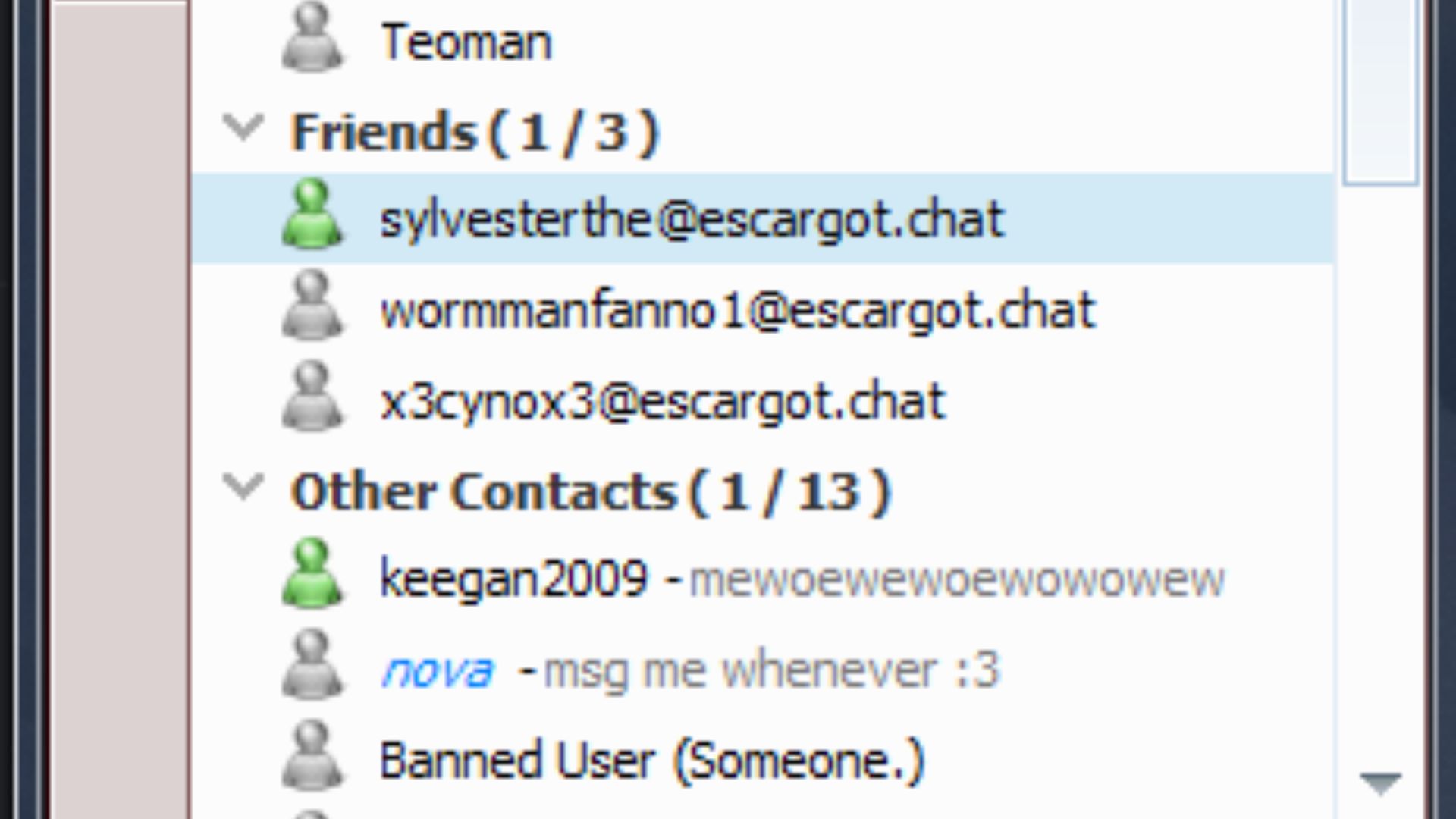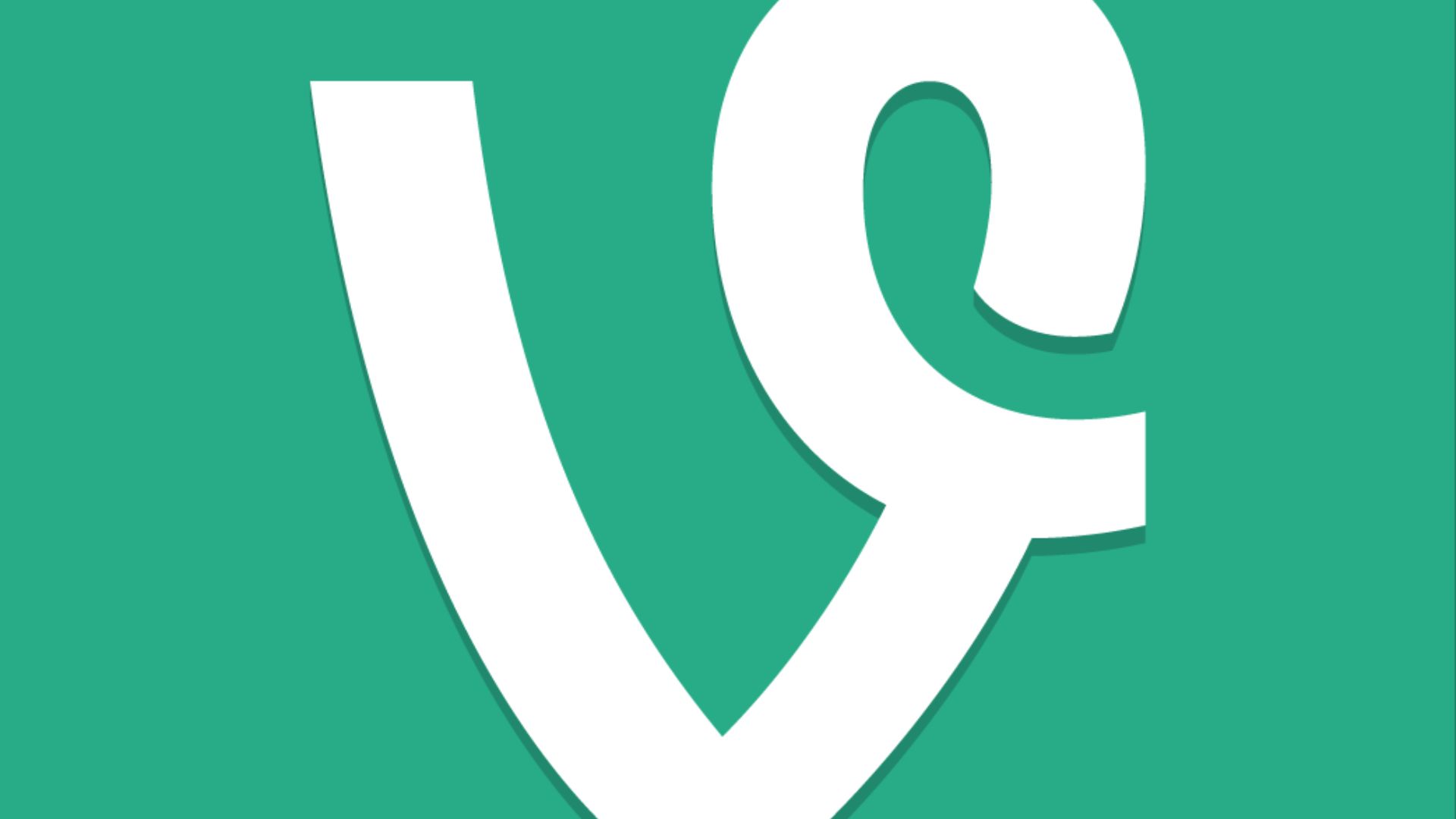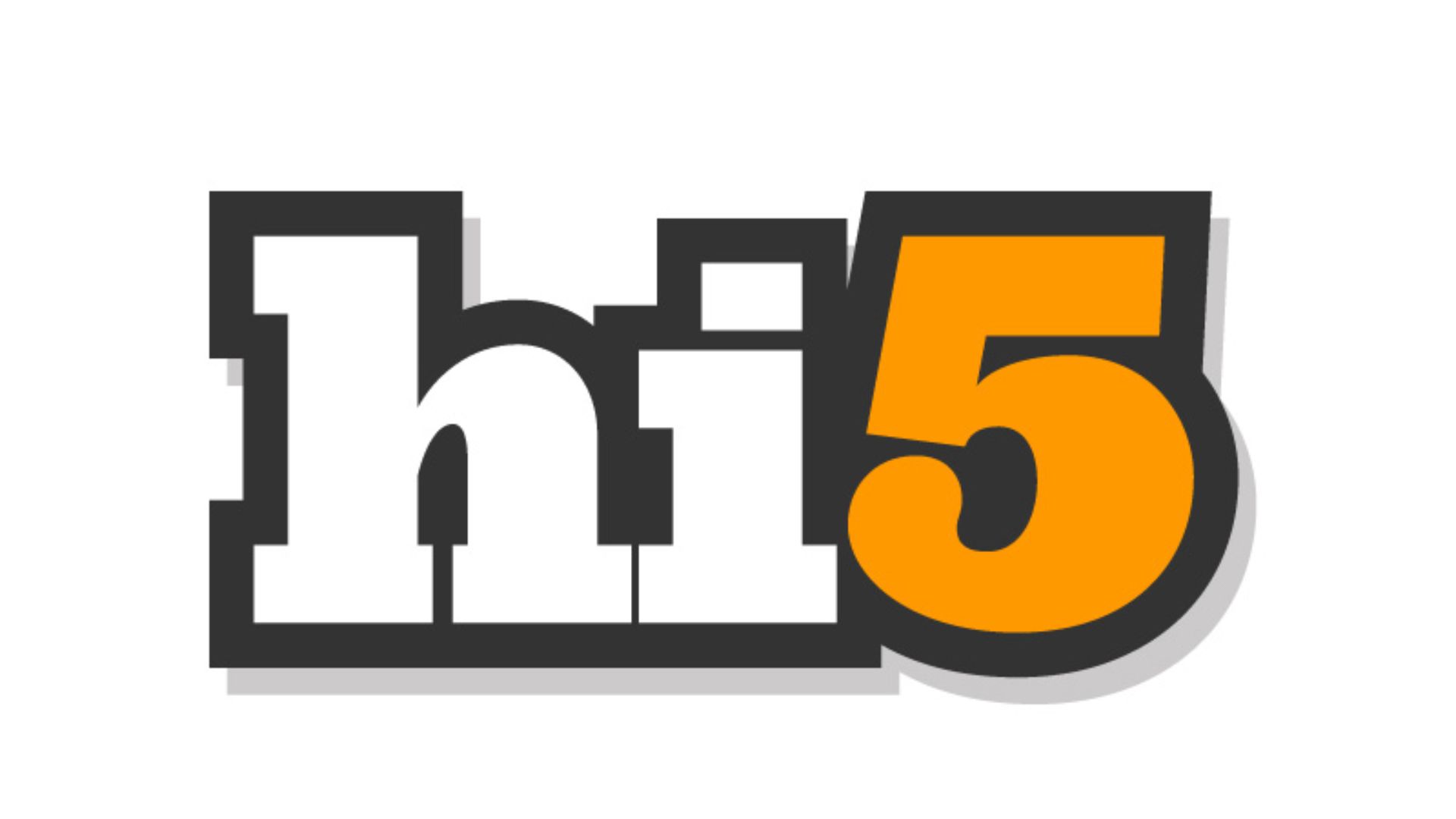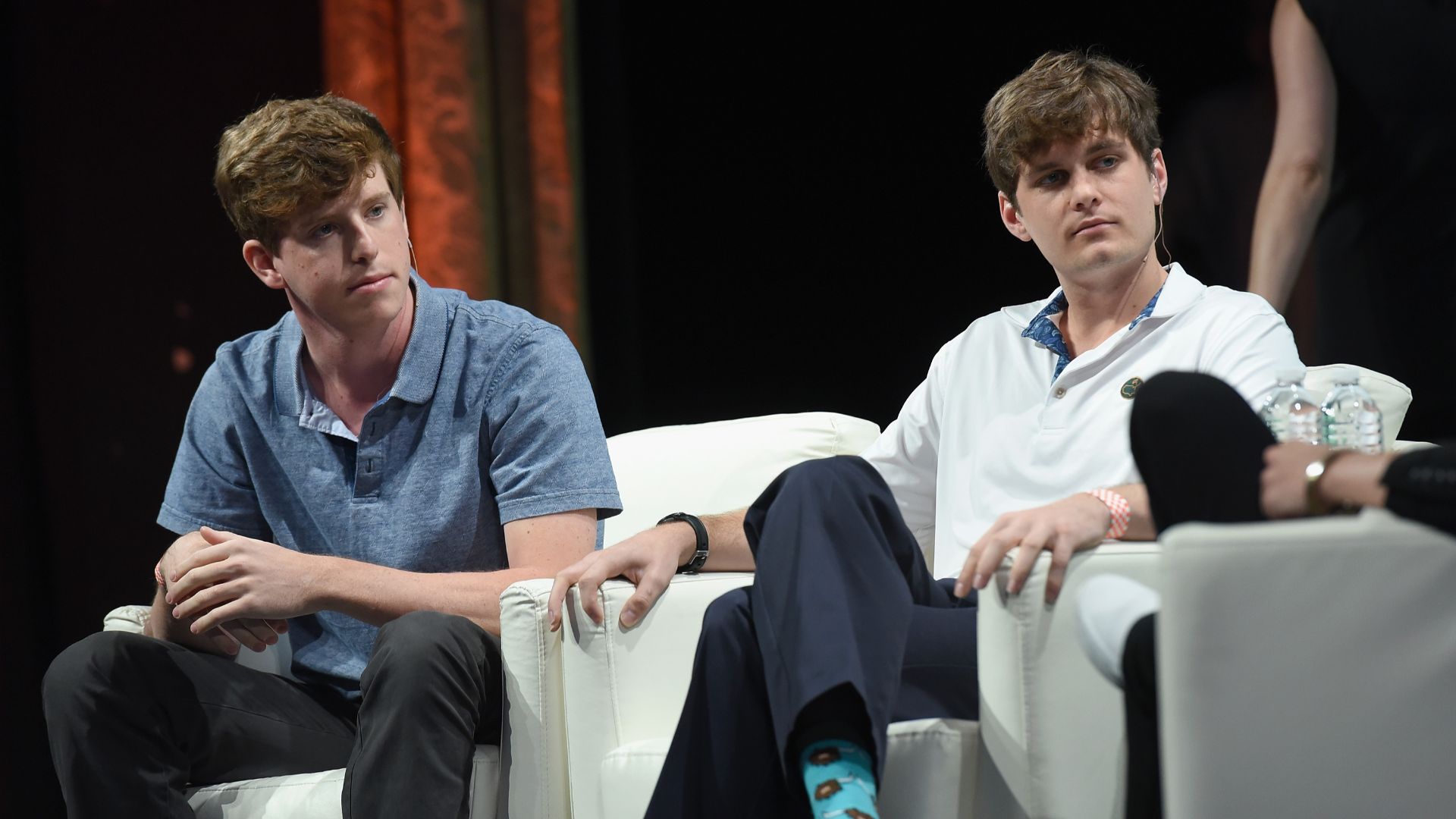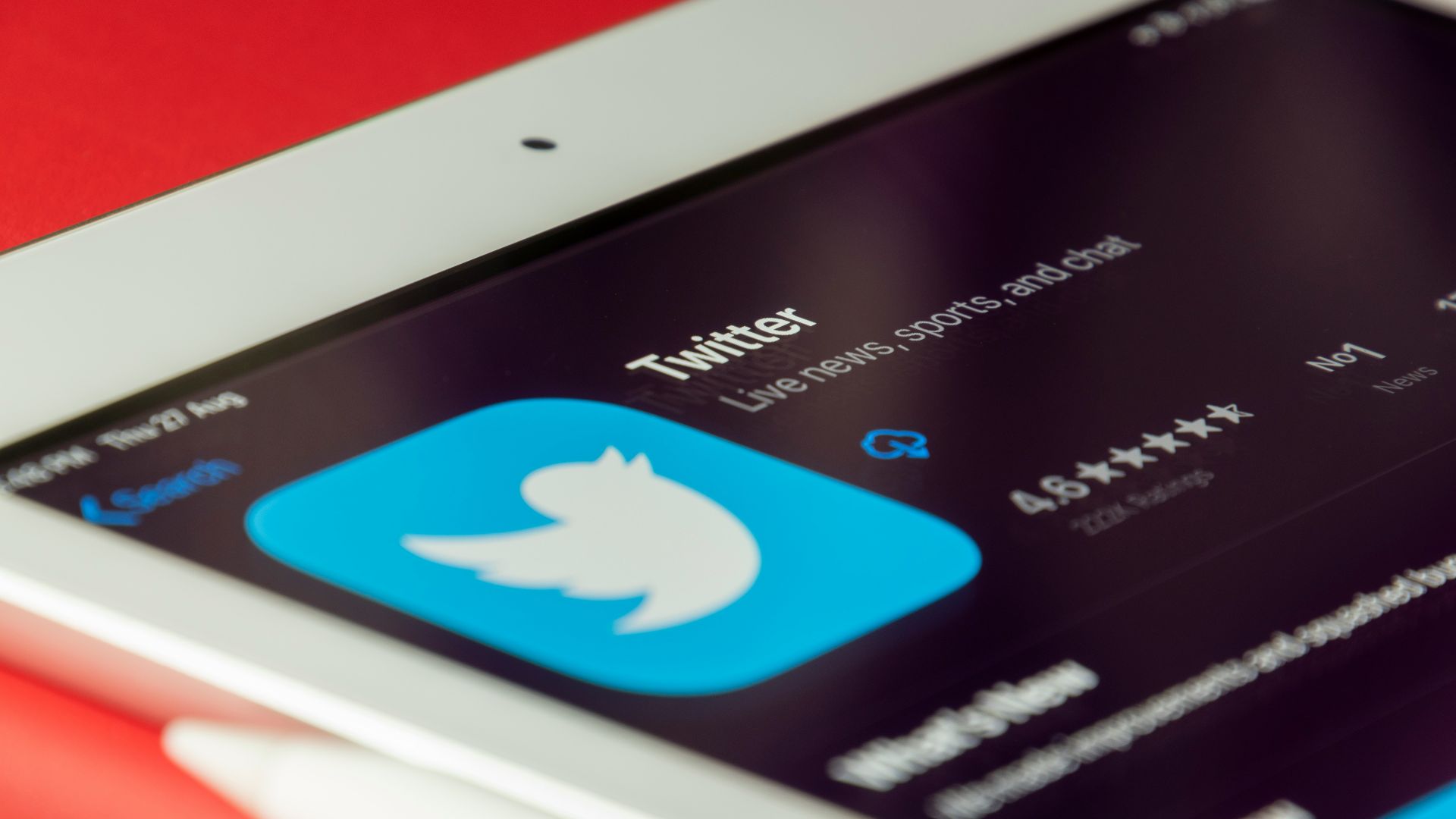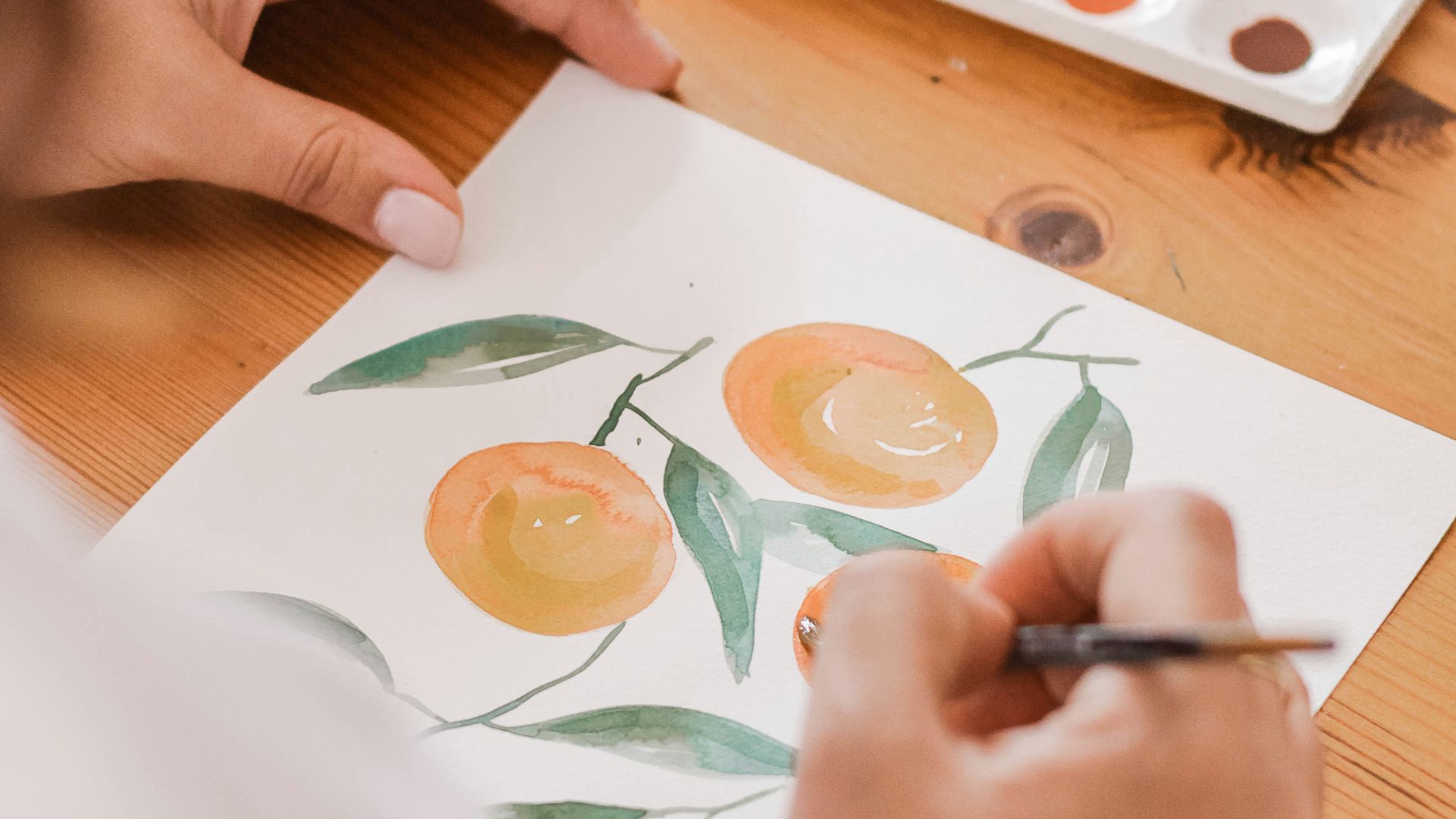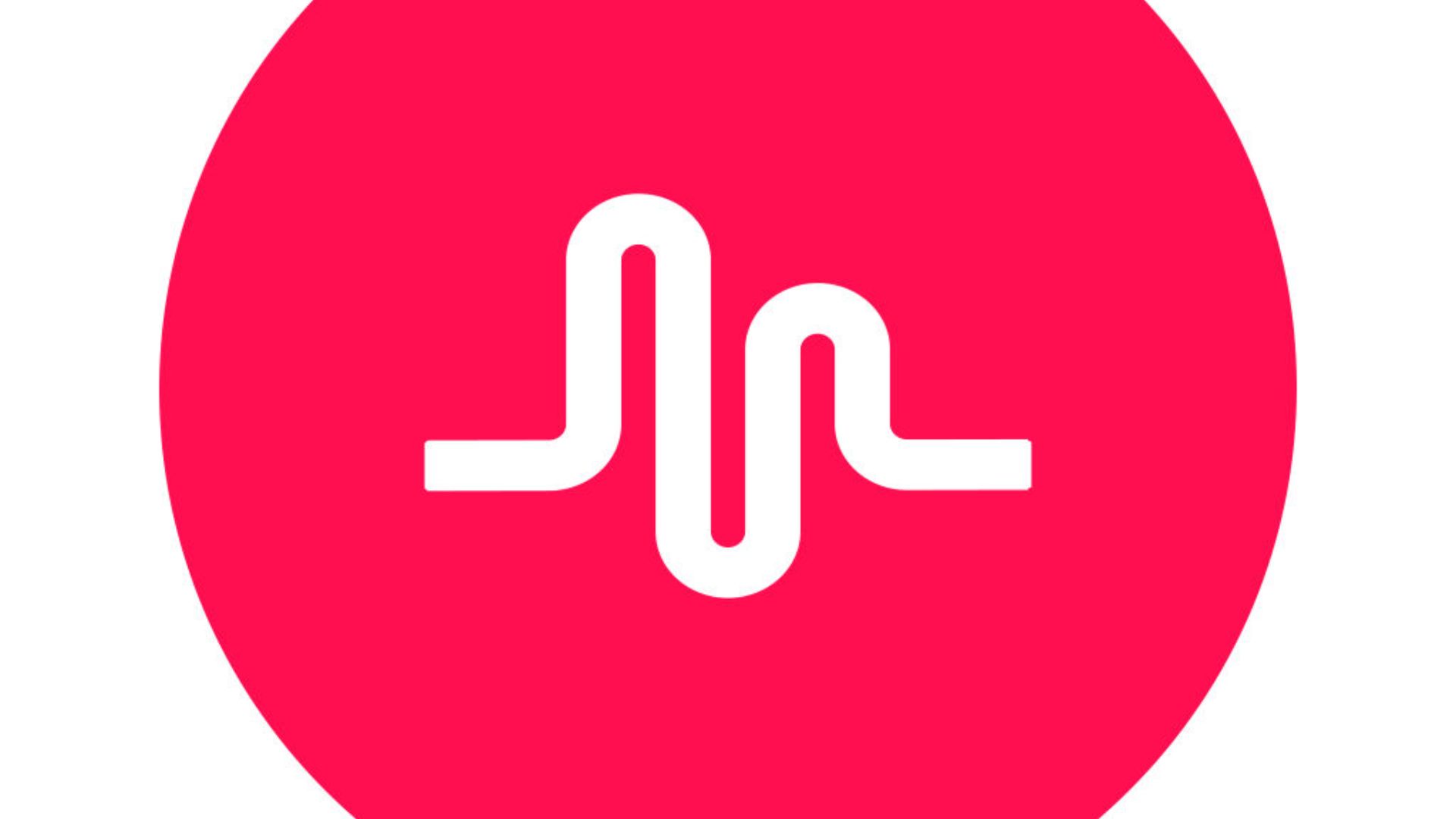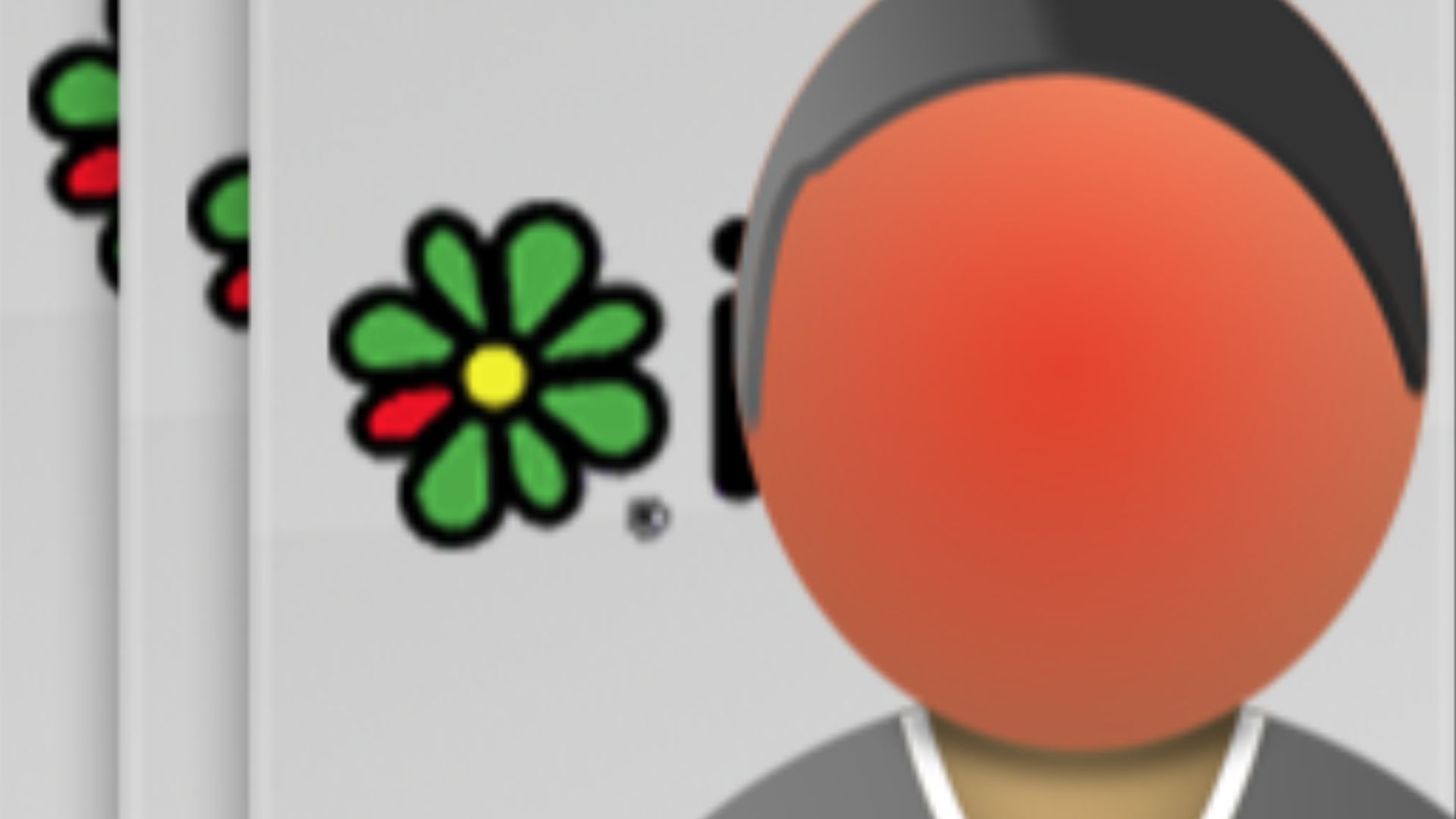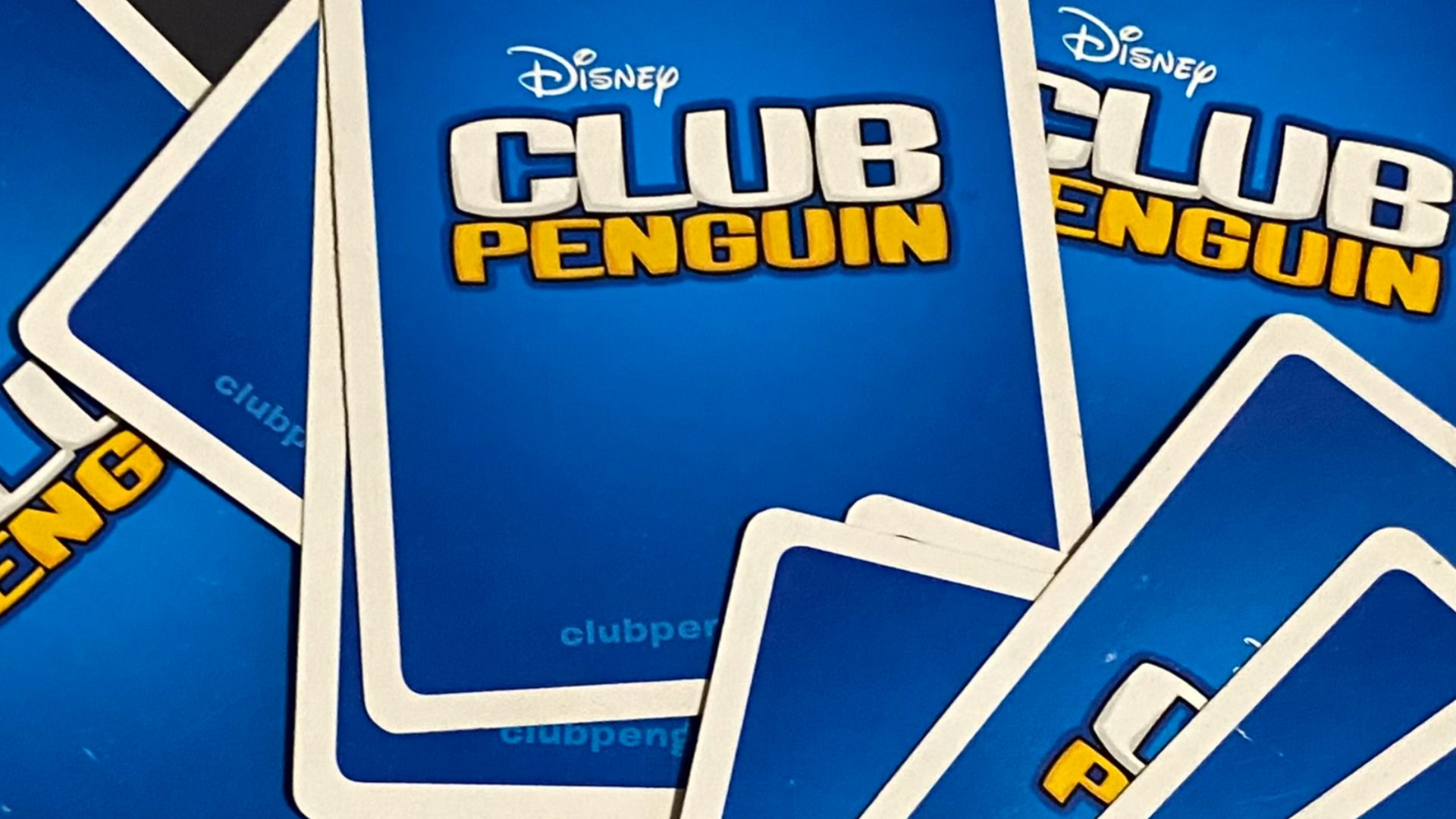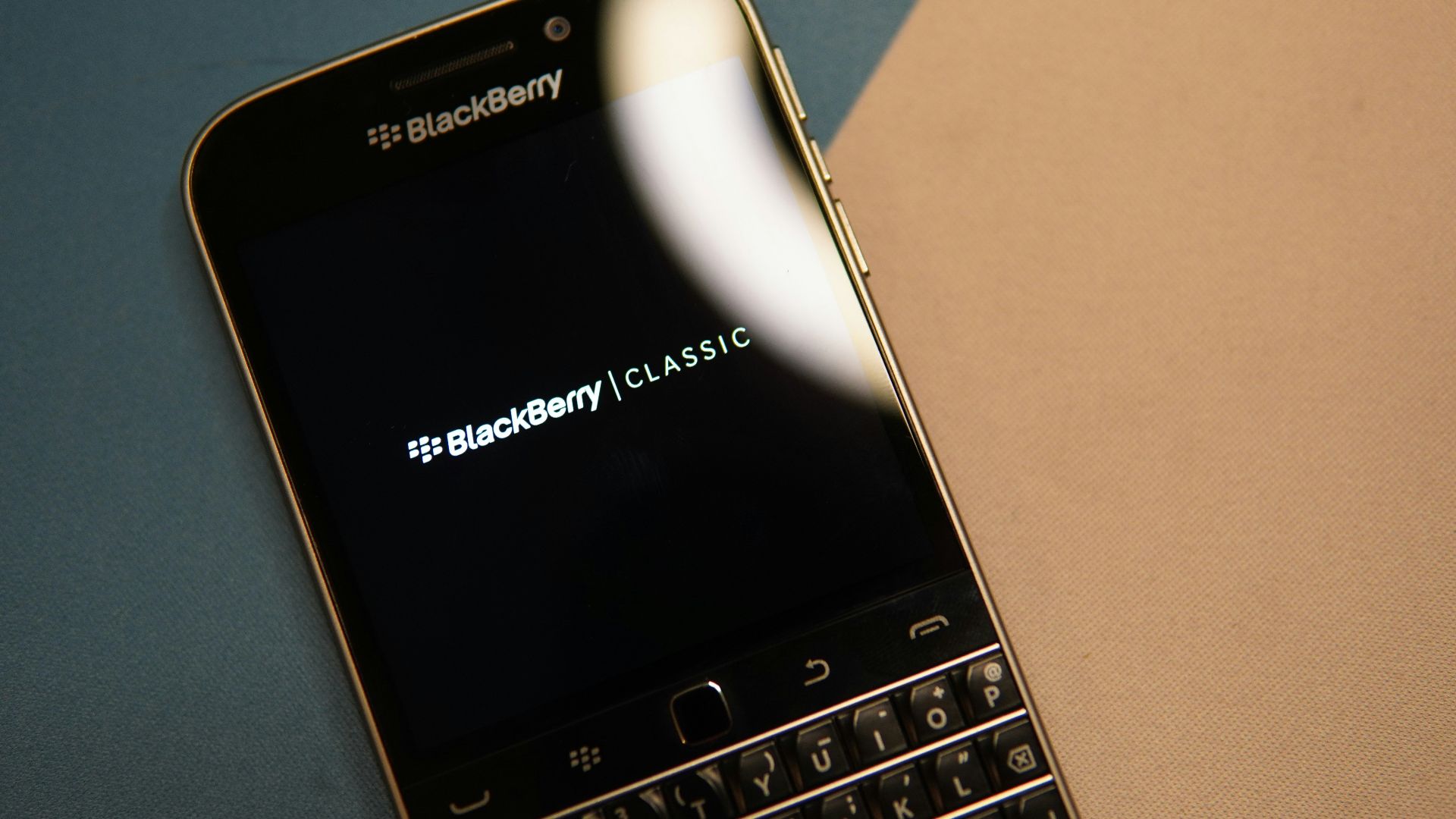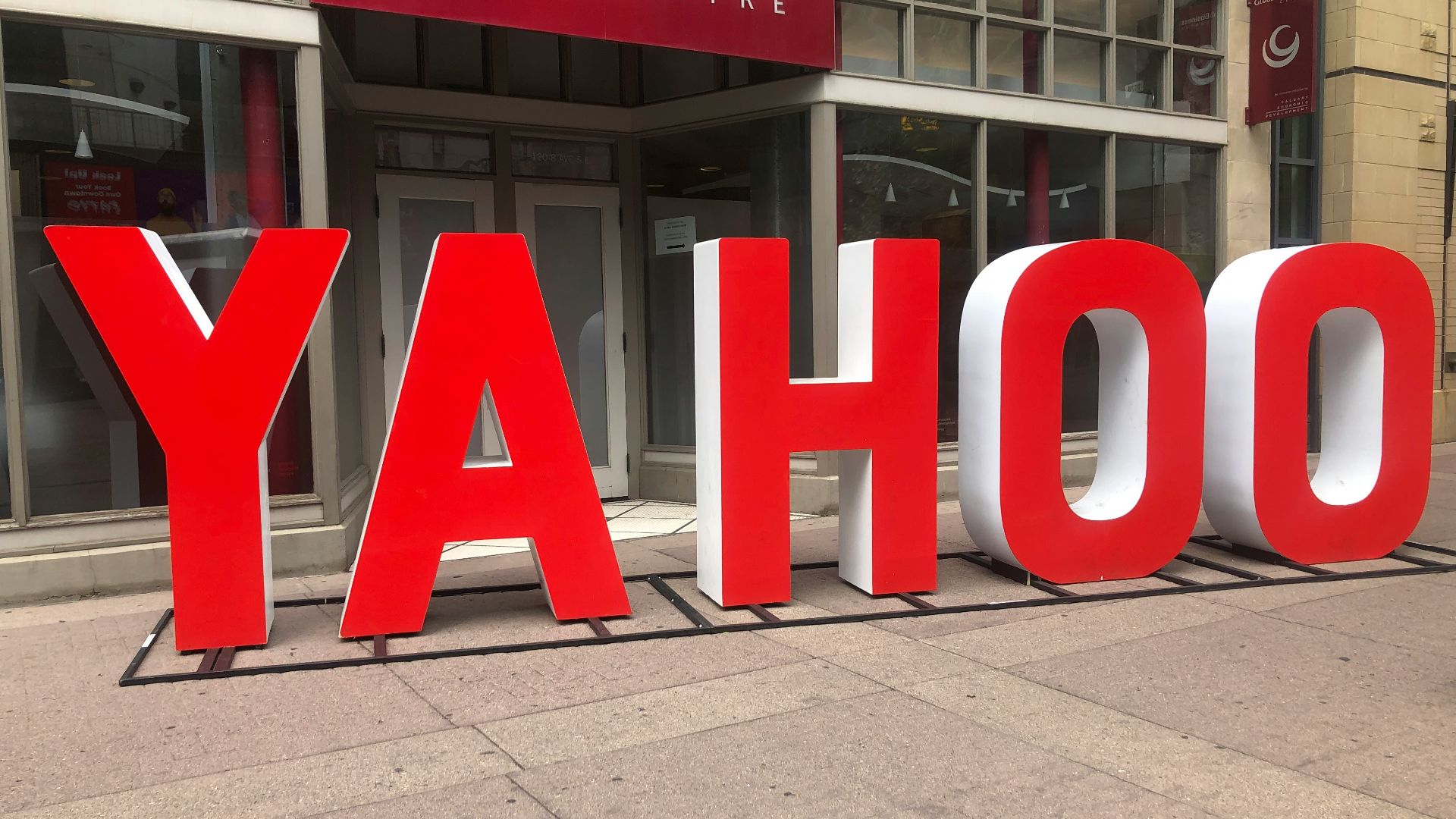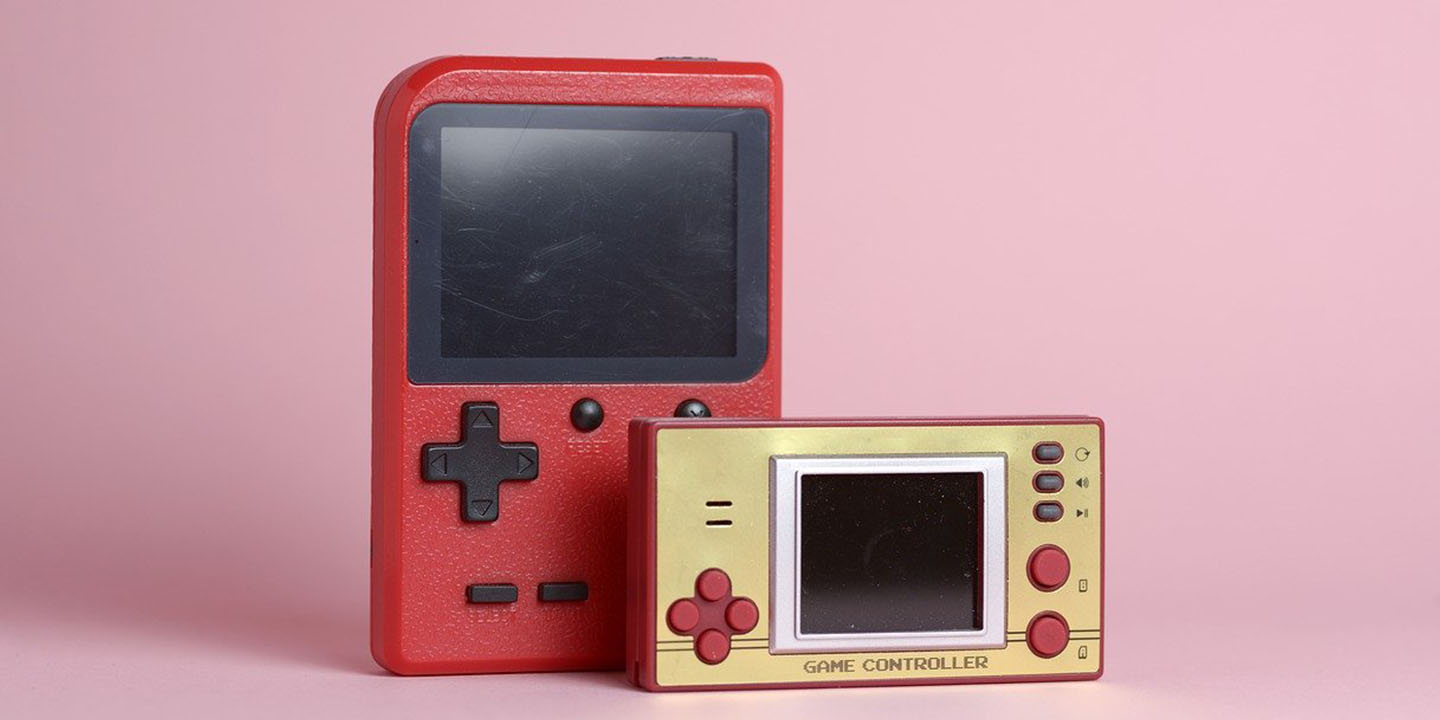RIP to the Sites That Raised Us
TikTok, Instagram, YouTube, Snapchat, X (formerly Twitter), and more might be the platforms we frequent today, but before the boom of these modern applications, there were the ones we grew up with. Or, more accurately, the ones we’ve probably posted some pretty embarrassing content to. From Myspace to DeviantArt, here are 20 nostalgic social media spaces all millennials miss. How many have you used?
1. Bebo
Founded by Michael Birch and Xochi Birch in 2005, Bebo was an American social media networking site that ran for eight years before its bankruptcy in 2013. Many will probably remember its logo with the bright red “b.” Like most social networking platforms, you could add, connect, and message your friends.
2. Myspace
Sure, Myspace still exists, but it definitely doesn’t feel the same as it used to. It certainly isn’t as fun either, compared to when we would set tacky wallpapers up on our profiles (making the font somewhat illegible…) and autoplay hits of the 2000s.
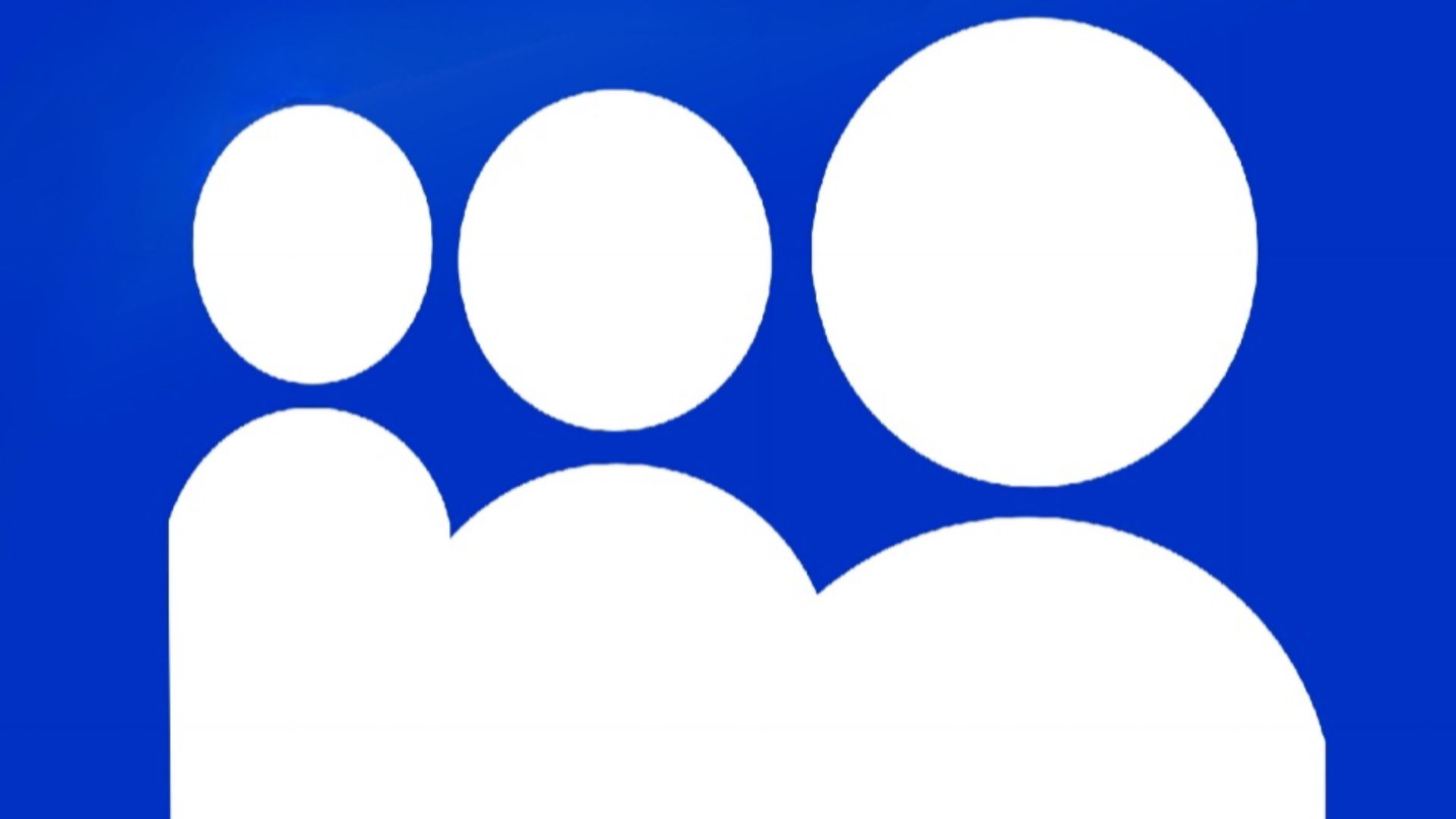 From a variety of images credited above. on Wikimedia
From a variety of images credited above. on Wikimedia
3. MSN Messenger
Ah, beloved MSN Messenger, how we all miss you so. This was the platform that many of us ran to log onto after school, just to continue catching up with all our friends. This was also the time when asking each other for email addresses was the norm, and not phone numbers.
4. LiveJournal
LiveJournal launched shortly before the turn of the century in 1999, and its main use is akin to an online public journal that others can read. More than just a space to share personal thoughts, it was also a hub for writers to post creative works, from original stories to fan fiction.
 DaryaDarya LiveJournal on Unsplash
DaryaDarya LiveJournal on Unsplash
5. AIM
Before MSN, there was AOL Instant Messenger or AIM, the platform teens of the late ‘90s would run to after school and chat on late into the night. Though MSN was certainly more popular globally (while AOL’s popularity mostly stayed within the US), they’re both dearly missed.
6. Friendster
Friendster was founded by Jonathan Abrams in 2002—a social networking service that allowed you to connect and share content with friends—before the rise of other popular platforms we would come to know: Myspace (2003), Hi5 (2004), and Facebook (2004). Although it garnered over 3 million users within the first few months of its release, it was mostly used in Asia and never really caught on in the US.
7. Vine
Most of us are now familiar with TikTok, but Vine was the original platform to share short, looping videos. Its iOS app launched in 2013 and many users posted funny six-second clips, some of which became well-known memes. By 2015, it gained over 200 million active users—only to shut down service shortly after in 2016.
8. Hi5
Hi5 launched in 2004 and, believe it or not, is still active today. Like most social media platforms, Hi5 allows you to create profiles and add friends. However, most of us who have used it will know it was the place for posting (looking back now) pretty cringe content. It was also regularly used as a dating site.
9. Yik Yak
If you were a college student back in the early 2010s when Yik Yak was first introduced, you’d know that this was where you could post anonymous messages and anyone within a five-mile radius could see and comment. But given its anonymity, the platform gave ground to cyber bullies, which caused the app to be banned by several schools and districts.
10. Xanga
Xanga was another platform that launched before the turn of the century in 1999. It began as a space to share reviews of books and music, but then became popular as a general blogging site with fairly customizable profile features.
11. Tumblr
Though Tumblr still exists and is used today, nothing will beat the era when it was first introduced. Much like Twitter (now X), it allowed users to post and “reblog” (i.e. repost, similar to “retweeting”) content, and follow other blogs they liked. Many users also created original edits, videos, songs, and animated GIFs.
12. Twitter
We know what you’re thinking, but to us, Twitter just isn’t the same anymore after it was renamed X. What was once a place to post and share content is now a convoluted platform of random features that most people won’t need. Call it what you want, but Twitter will always be Twitter to us.
13. DeviantArt
Founded in 2000, DeviantArt has long since strayed from its roots, given the plethora of other possible platforms to post on in the modern age. But back then during the height of its popularity, it was a beloved community space for artists and creatives. In 2011, it was also considered the 13th-largest social networking site with around 3.8 million weekly visitors.
14. Musical.ly
Of course, some might know that Musical.ly never actually went away. In fact, it just got rebranded to the app we’re probably all familiar with today: TikTok. But there’s a distinct difference: where TikTok is a platform for users to share video clips and content of all genres, Musical.ly was focused on making music and lip-syncing. The app also created some famous artists, such as Loren Gray and Baby Ariel.
15. ICQ
Derived from the phrase, “I Seek You,” ICQ was an instant messaging application that set the blueprint for platforms like AIM and MSN. It grew substantially following its launch in 1996, and those who have used it will likely still remember the classic notification tone, “Uh oh!”
16. Club Penguin
Though not quite a social media platform, Club Penguin was still a go-to space for those who grew up with it in the mid-2000s. Not only could you dress up your own penguin and explore spots around the game map, you could also connect with friends or chat with other users.
17. BlackBerry Messenger
Known better as BBM, just seeing the words “BlackBerry Messenger” is sure to give anyone who used it a punch of nostalgia. After all, this service came before the boom of other built-in instant messaging services, like iMessage on iOS devices, even though its popularity has since tapered off.
18. Omegle
Sure, Omegle was sometimes a platform that attracted odd, questionable people, but it was still a place to chat and meet strangers, which was great if you were particularly extroverted. Because these one-on-one sessions could be anonymous (unless you turned on your camera), users could join and leave at any point during the conversation.
19. Yahoo Answers
Yahoo Answers wasn’t a social networking site, but it’ll sure remain in our memories forever. Where else can we ask the most weirdly specific questions and get the worst (yet hilarious) non-answers from strangers on the web? Nowhere else but Yahoo Answers, obviously, though it unfortunately shut down in 2021.
20. Orkut
Orkut was named after its creator, Google employee Orkut Büyükkökten. It was particularly popular in India and Brazil, and by 2008, it had amassed over 100 million users—more than half of which were Brazilian. This caused Google to shift the site’s operations to Belo Horizonte, though Orkut eventually dissolved in 2014.


